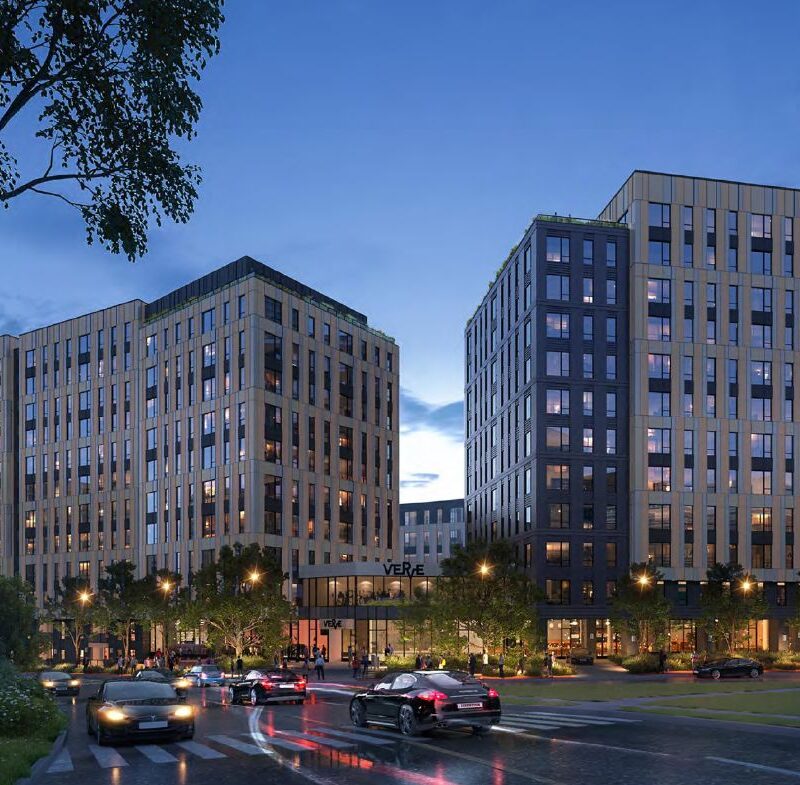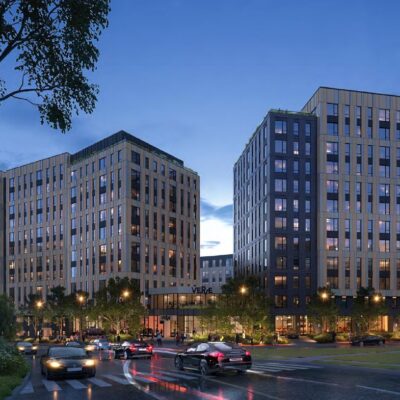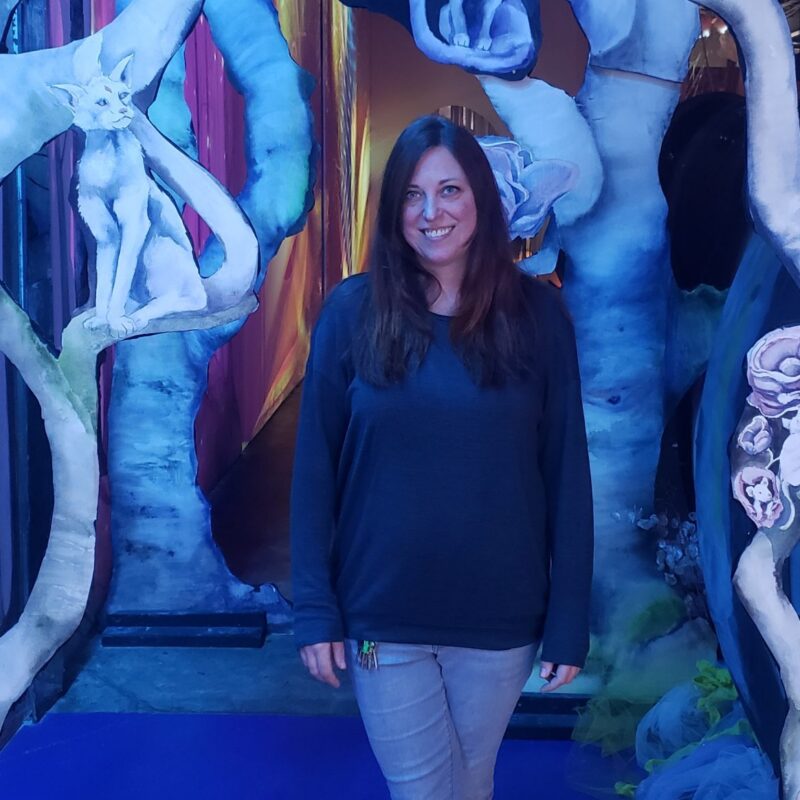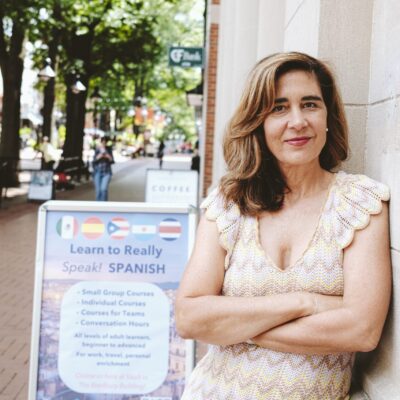|
George Huguely
Demonte Burgess |
[Editor’s note: After C-VILLE went to press, the date for George Huguely’s next appearance in Charlottesville General District Court was postponed from June 10 to October 7. Demonte Burgess’ hearing was postponed from June 10 to August 12.]
The 22-year-old gets his uniform first. The college senior, except where he’s from they call it “fourth-year.” It’s cut similar to his old UVA lacrosse jersey, with a V-neck that dips towards his chest. He puts on his new colors—grey stripes, no Wahoo orange and blue—then heads off to a 4′ x 8′ locked room.
Two weeks later, the 19-year-old goes through the same process. He gets his uniform—wears the same size, in fact. He’s old enough to be a college freshman, except there’s no record of him having attended the local high school. He puts his hands, tattooed with the word “Southside,” through the sleeves of the uniform, and heads to his own cell.
The first young man attended the Public Ivy, while the second hung around public housing. The first is white, comes from a wealthy Maryland family with houses in the Outer Banks and Palm Beach and has his pick of any lawyer in town. The other is black, lists his living situation as “homeless” and his income as “zero.” He can’t afford to hire a lawyer of his choosing.
In the eyes of the law, however, both men are allegedly the same kind of monster—someone who would brutally rob another of life. Demonte Burgess sits in his cell, waiting for June 10, the date of his next appearance in Charlottesville General District Court. In a strange coincidence, former UVA student and lacrosse player George Huguely sits in the same jail, and is due to appear at the same court on the same day.
Burgess and Huguely face murder charges in connection with the first homicides in Charlottesville since October 2008. For Burgess, it’s the January 22 death of 32-year-old Miguel Salazar, who was shot in the head in Mountain View Mobile Home Park following a dispute. For Huguely, it’s the May 3 death of 22-year-old UVA student Yeardley Love, whom he has admitted to shaking as her head beat repeatedly against her bedroom wall.
Another striking similarity between the two is their size. At a height of 6’2" and a weight of 205 pounds, Demonte Burgess is a nearly identical match for George Huguely, merely four pounds heavier. In the halls of the Albemarle-Charlottesville Regional Jail, the two occupy the same amount of space; the uniform that fits Burgess could fit Huguely, and vice versa. The two men might see eye-to-eye, were they placed face-to-face.
But how often do people like Burgess and Huguely come face-to-face? During the four years since Huguely moved to Burgess’ hometown of Charlottesville to go to school, it seems unlikely the two would have crossed paths, even if they lived a scant three miles apart.
Entitlement and exile
The day before his arrest, George Huguely reportedly strolled the golf course of Farmington Country Club. Once a 4,000-acre plantation, Farmington now features an 8,000 square-foot fitness center and a clubhouse structured around a room designed by Thomas Jefferson himself.
It also offers homes like the Woodlea house, with soapstone floors and a view of the 11th hole, currently on the market for $1.75 million. Membership in the club requires nomination by three current members, an interview, a reference check, and a 30-day window for other members to share “any information, objections or recommendations that could impact [a] nomination.”
|
TWO DIFFERENT CRIME SCENES
Huguely lived in a brick apartment building (top) on 14th Street, a short walk from the white apartment building of slain UVA student Yeardley Love, found bloodied and facedown in her bed on the morning of May 3. Huguely was arrested and charged with first-degree murder that day. Miguel Salazar was shot and killed at Mountain View Mobile Home Park (bottom) in January, following what city police called a “confrontation” between four Hispanic men and two black men. Burgess was arrested and charged in Salazar’s death two weeks after Huguely’s arrest. The deaths of Love and Salazar—the first homicides in the city since October 2008—occurred roughly two miles apart (below). |
Compare it to the spot where Burgess was arrested—the 500 block of South First Street, a public housing site managed by the Charlottesville Redevelopment and Housing Authority (CRHA). If Farmington is by and for the elite, then the 376 units of public housing in Charlottesville are for those substantially less privileged—70 percent of public housing residents in the city earn less than $10,000 annually.
Public housing in Charlottesville is exclusive in its own way. Residents fill out an 11-page application and provide references; the city’s waiting list for Section Eight vouchers, for those in search of federal subsidies, is currently full. And while Burgess’ last known address was not in public housing, he’d been banned twice from the Sixth Street project by the time he was arrested.
Pulled from their respective worlds of privilege and exile, here’s how Huguely and Burgess wound up in the same regional jail, awaiting the same hearing date:
On the night of Friday, January 22, while many UVA students headed to 14th Street to celebrate their return to Grounds, Miguel Salazar and 25-year-old Rafael Ayala were with two other Hispanic men two miles away, at Mountain View Mobile Home Park. Near midnight, the four men were reportedly approached by two black males and, after what Charlottesville Police Chief Tim Longo described as a “confrontation,” both Ayala and Salazar were shot.
Ayala, hit in the shoulder, was treated at the UVA Medical Center; Salazar died from a gunshot wound to the head. Three weeks after the shooting, officers picked up 18-year-old Antonio Grooms in Richmond and charged him with second-degree murder, robbery and multiple firearm offenses.
The search for the second suspect lasted another three months, the length of the spring semester at UVA. On March 9, UVA’s top-ranked men’s lacrosse team trounced the Virginia Military Institute by 14 goals—including one by Huguely, typically not a scorer (or, for that matter, a starter). The same day, Demonte Burgess was found guilty in absentia on charges of driving without a license and driving the wrong way down a one-way street. According to court records, his fines are still outstanding.
While Burgess missed his March hearing, local law enforcement seemed to have little trouble locating him a month later. On April 24, Burgess was arrested at 900 Elliott Avenue for a disturbance in the 700 block of Sixth Street SE, the CRHA public housing site less than 10 blocks from where Salazar was shot. It was a site he’d been banned from previously, and where he was arrested for trespassing in August 2009. He was banned a second time, charged with obstruction of justice, then released on an unsecured $3,500 bond, with a court appearance pending.
Outside of court documents, there is little information on how Burgess spent his time in Charlottesville, and even less about the three weeks before his murder arrest. During the same weeks, however, most of the country’s news outlets learned everything they could about George Huguely.
Violent crimes, pastoral city
On the morning of Monday, May 3, police discovered Yeardley Love in her bedroom, her face in a pool of her own blood. Huguely, who was romantically linked to Love, was arrested and charged with first-degree murder in her death.
Reporters from the Washington Post and CNN to ESPN and the Baltimore Sun converged on Charlottesville to attend press conferences and candlelight vigils, lacrosse games and graduation ceremonies. In hours, Huguely’s identity in the press changed from lacrosse player to homicide suspect.
Reporters picked through Huguely’s past the way sports coaches study opposing teams—looking to past confrontations to illuminate the present. They found Huguely’s 2008 arrest for public intoxication in Lexington, during which an officer subdued Huguely with a Taser. They also found an incident in 2009, where Huguely punched a sleeping teammate who he believed had kissed Love.
|
TWO DIFFERENT HOME SCENES
The Huguely home in Potomac, Maryland, is a multi-million dollar residence on 1.5 acres of land (top). Huguely came to Charlottesville in 2006 to attend the University of Virginia after he graduated from the private Landon School. Burgess was born in Charlottesville, but Charlottesville High School has no record of his attendance. His last known address is a duplex on Riverdale Drive (bottom). When a reporter visited the address, a man at the door said that Burgess “didn’t do that shit.” |
While Huguely’s history grew stormier in the press, many descriptions of Charlottesville seemed to grow more idyllic. Sports Illustrated described the area as “pastoral,” and the campus as “elegant.” The New York Times did the same, and even referred to Salazar’s murder, although not by name:
“The murder charge sent shock waves through Charlottesville, a bucolic Southern college town where [City Police Chief] Longo said there were no murders in 2009 and one so far this year.”
The investigation that led to Burgess’ May 19 arrest involved both city and county police, in addition to help from the U.S. Marshals and the Bureau of Alcohol, Tobacco, Firearms and Explosives. Despite the scale of the investigation, however, Burgess’ name made a smaller splash when news of his arrest was released.
The day after Burgess’ arrest, local news sources from C-VILLE to the Daily Progress to NBC29 revisited the January 22 death of Salazar for the first time since the February arrest of Antonio Grooms, Burgess’ 18-year-old co-defendant. At the same time, however, Yeardley Love’s face still stared out from the cover of People magazine. By the week’s end, Burgess ceased to be a local headline, while national coverage of Huguely’s case surged.
The only indication of Burgess’ whereabouts before his arrest is a second group of charges, tied to a May 9 incident in Albemarle County. His last known address is a duplex on Riverdale Drive, but court documents classify him as both homeless and jobless. His phone number is disconnected. If there is a bucolic, pastoral Charlottesville, it’s unlikely Burgess found it during the weeks before his arrest.
Law versus order
Riverdale Drive is a “U” shaped road that takes cars off of High Street just as fast as it dumps them back out. It’s a road that’s designed to keep to itself; if you park on Riverdale, you either know the neighborhood or you’re lost.
Burgess’ last known address is a duplex on the north end of the road. When a reporter visited recently, a large man in an undershirt and jeans stood in the doorway of the home and, asked about Burgess, said, “No, man. Nobody or his mama want to talk to no newspaper.” By and large, it was the same blunt message and tone that greeted every reporter to visit the suddenly silent UVA campus following Huguely’s arrest.
The Riverdale man, however, made two statements about Burgess that no one has made in response to questions about Huguely.
“You can tell the newspaper the next person to come around, I’ll lump him up.” And: “He didn’t do that shit.”
Burgess’ arrest report mentions a tattoo with the initials “N.T.G.,” an acronym for, among other things, “Nine Trey Gangsters,” a gang with reported ties to Charlottesville.
|
|
Asked whether the death of Salazar was being investigated as a possible gang-related incident, Captain Bryant Bibb of the City Police Department responded, “We hope to answer that question as the investigation progresses. It would be premature to say definitively at this point.”
C-VILLE requested interviews with both Huguely and Burgess. Neither was granted; in the case of Huguely, however, an official at the regional jail explained that his lawyers, Francis McQ. Lawrence and Ronda Quagliana, asked their client not to speak with the media.
So far, Huguely’s only interaction with reporters came through a press conference held after his May 4 court appearance. Reading a statement from Huguely and his family, Lawrence referred to Love’s death as unintentional, “an accident with a tragic outcome.” There has been no press conference for Burgess, whose attorney, Lloyd Snook, was appointed by the court.
And while a court-appointed lawyer might beat no lawyer at all, at least one person might beg to differ: Burgess’ co-defendant, 18-year-old Antonio Grooms.
On Thursday, May 27, Grooms appeared in court to ask that his court-appointed lawyer, James Hingeley, be replaced. Judge Robert H. Downer denied Grooms’ request.
“The fact that you feel unsatisfied is not sufficient reason for you to change your counsel,” said Downer. Grooms replied: “You don’t work with him.”
Of course, were Grooms or Burgess paying for their own attorneys, dissatisfaction would be an acceptable reason to change counsel. And if Huguely were dissatisfied with his counsel, the public wouldn’t necessarily be aware of it. For Huguely, changing counsel is a private, financial matter; for Burgess, it’s a public, legal proceeding.
Locked up versus locked out
During a recent afternoon, a white reporter asked a group of seven black men and women at the Sixth Street housing project whether they knew Demonte Burgess. Each responded no. One man, however—a nonresident who said he was helping a friend move and declined to give his name—claimed he himself, like Burgess, was banned from Sixth Street by city police.
Why? The man responded, “Cops love fucking with us.”
A few years ago, the CRHA granted local police the authority to ban nonresidents from public housing sites, for reasons like fighting, drug or alcohol violations, or otherwise disturbing the peace. During the last fiscal year, 37 people were banned, including Burgess.
The man at Sixth Street said that his ban was retracted by the CRHA, but maintained that he was doing nothing wrong. Besides, he suggested, it was different for the white reporter.
“You wouldn’t have a problem,” he said, “walking down Sixth Street with three or four of your friends.” In all probability, neither would someone like Huguely.
Or, consider the opposite: What if someone like Burgess and three or four friends walked down 14th Street, where Huguely and Love lived in the thick of UVA student housing? Moreover, if the two disparate worlds of Huguely and Burgess didn’t overlap before their arrests, what are the odds they will overlap after?
After four very different years spent in the same “bucolic” city, Burgess and Huguely find themselves accused of the same sort of criminal deviance. But for the first time—at least, in the eyes of the court—both young men are about to be considered in a similar light. As long as their cases are active, ideally, the legal system should render the many differences between Huguely and Burgess entirely superficial and beside the point, when it comes to the crimes they may have committed. But the jury is out, in every sense, as to whether the differences that defined their lives up until now will define their paths going forward as justice is served.












